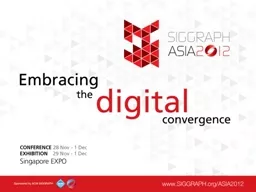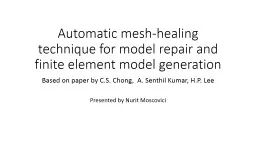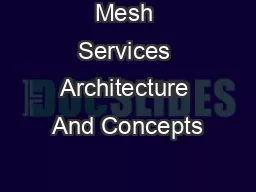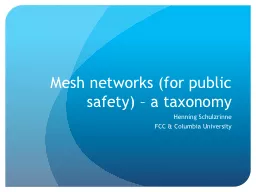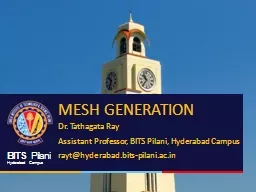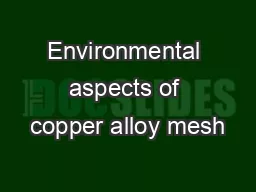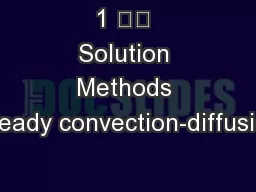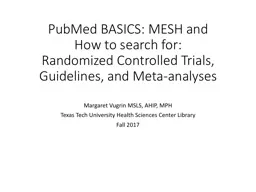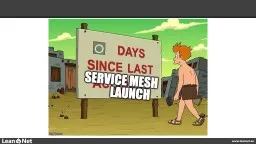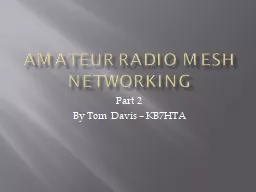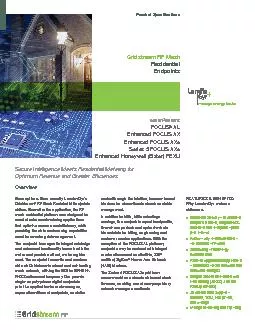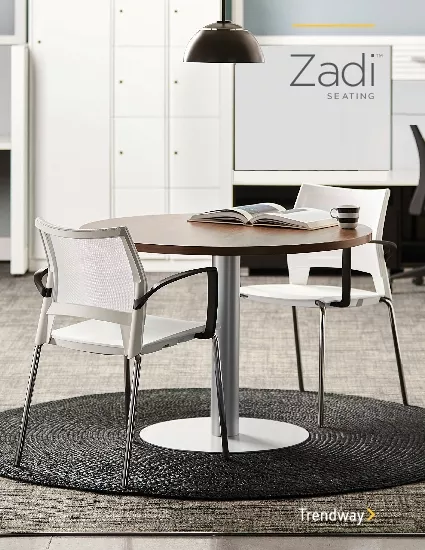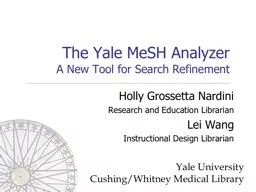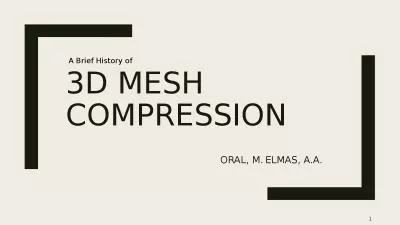PPT-3D Diff: An Interactive Approach to Mesh Differencing and C
Author : pamella-moone | Published Date : 2016-03-21
Jozef Dobo š and Anthony Steed Case Study Case Study Case Study Case Study Case Study Motivations Scene might be edited concurrently 3D differencing and merging
Presentation Embed Code
Download Presentation
Download Presentation The PPT/PDF document "3D Diff: An Interactive Approach to Mesh..." is the property of its rightful owner. Permission is granted to download and print the materials on this website for personal, non-commercial use only, and to display it on your personal computer provided you do not modify the materials and that you retain all copyright notices contained in the materials. By downloading content from our website, you accept the terms of this agreement.
3D Diff: An Interactive Approach to Mesh Differencing and C: Transcript
Download Rules Of Document
"3D Diff: An Interactive Approach to Mesh Differencing and C"The content belongs to its owner. You may download and print it for personal use, without modification, and keep all copyright notices. By downloading, you agree to these terms.
Related Documents

